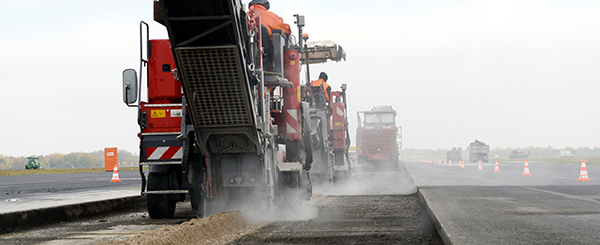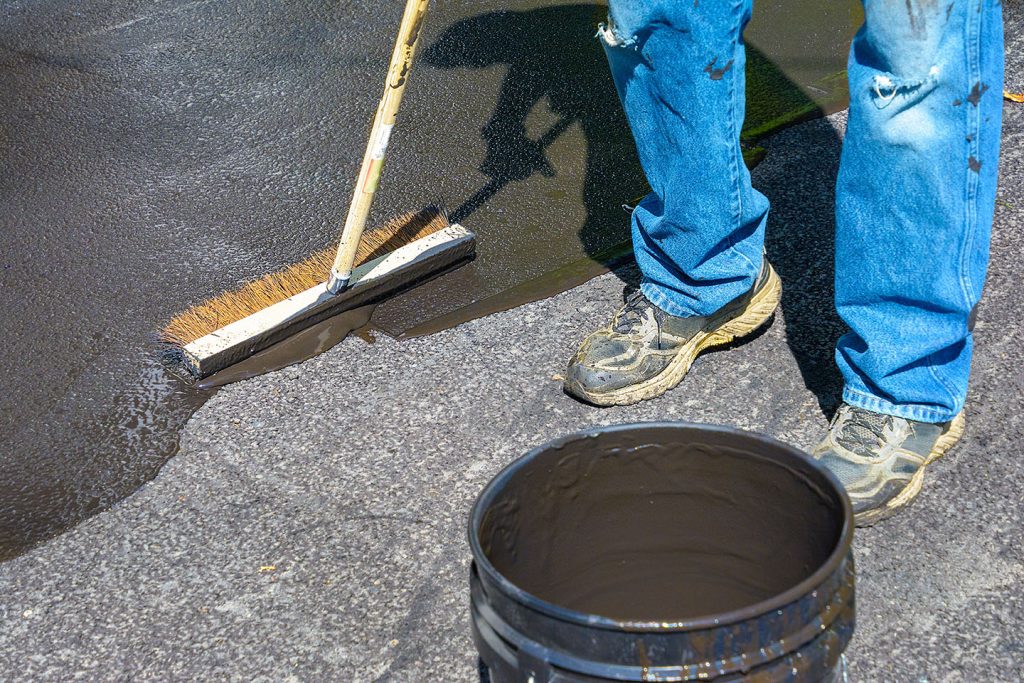Focusing from our homes interior to its exterior, the driveway is a often overlooked part of our home. You need to think that the humble driveway is one of the first impressions that visitors have when visiting our homes. This begs the question, Tarmac Vs Asphalt which is better? You may have never thought about the difference between tarmac and asphalt before, but it is an important distinction to make. There are many benefits of using one or the other depending on your needs and what you want for your property. This blog post will explore these differences in depth so that you can decide which material is best for you!
Focusing from our homes interior to its exterior, the driveway is a often overlooked part of our home. You need to think that the humble driveway is one of the first impressions that visitors have when visiting our homes. This begs the question, Tarmac Vs Asphalt which is better? You may have never thought about the difference between tarmac and asphalt before, but it is an important distinction to make. There are many benefits of using one or the other depending on your needs and what you want for your property. This blog post will explore these differences in depth so that you can decide which material is best for you!
Tarmac Vs Asphalt : History
Starting off at the beginning the precursor to Tarmac was macadam. Macadam was made in 1820s by Scottish inventor John Loudon Mcadam. Mcadam mixed stones and tar with gravel to make a stronger road surface that was far more resilient than common dirt roads as they could become boggy and unusable in certain weather conditions. But it was until 1902 when Edgar Purnell Hooley perfected the invention and made it into the road surface that we all commonly use today.
Travelling one day Hooley was walking by a local ironworks where upon walking by he noticed a stretch of road that was incredibly smooth. Upon closer inspection, he found that the workers had been pouring molten tar over the stones to help keep them in place. This gave Hooley the idea to create a road surface with a layer of Tar on top of Macadam, which he patented in 1902 as Tarmac.
Asphalt (also known as bitumen) on the other hand has a longer history, dating back to the fifth millennium BC where it was used to make items such as crop baskets. Throughout history, asphalt has been used for various purposes such as waterproofing, roofing and paving. The first asphalt roads were made by Belgian inventor Edward de Smedt in 1872. The mixture of calcium carbonate, petroleum and iron oxide was patented as “asphaltum”. Today asphalt is commonly used for surfacing roads, parking lots and airports
Tarmac Vs Asphalt : Installation Cost

The cost of installation varies depending on the size of the area that needs to be covered. However, tarmac is generally more expensive than asphalt and this is often a deciding factor for many people when choosing between the two. Installation can be a costly job, so if you’re not prepared to pay the full cost upfront, there are options. You may be able to roll the cost into a 203K through an FHA loan.
Tarmac Vs Asphalt : Maintenance

Once your surface has been installed it is important to keep it well-maintained in order to prolong its lifespan. Tarmac has the benefit of being a low maintenance surface, while asphalt needs to be resealed every few years.
So which is better? Tarmac or asphalt?
Well, that depends on your needs. If you are looking for a smooth surface with a good grip, then tarmac would be the best option. However, tarmac can become slippery when wet so take caution when driving or walking on this surface during rainfall. Asphalt however is more durable and weather-resistant so it may be a better choice if you live in a location that has various weather conditions constantly throughout the year. If durability is what you are looking for then Asphalt is the answer you are looking for.
But if you are wanting a more aesthetically pleasing surface then tarmac is the right choice for you. Tarmac is incredibly popular in residential areas with its smart black finish and can be used to create several different patterns and designs. So, if you are looking for an attractive surface that will also last a long time then tarmac is the right choice for you.
Conclusion
We hope that the information in this blog post has helped you to decide on whether tarmac or asphalt is the right surface for your needs. If you are still undecided, please do not hesitate to get in touch with a local driveway installation expert to help you in making your decision.
Head on over to our blog section to read more interesting including Reasons to Consider Renovation your home!
Tarmac Vs Asphalt : History
Starting off at the beginning the precursor to Tarmac was macadam. Macadam was made in 1820s by Scottish inventor John Loudon Mcadam. Mcadam mixed stones and tar with gravel to make a stronger road surface that was far more resilient than common dirt roads as they could become boggy and unusable in certain weather conditions. But it was until 1902 when Edgar Purnell Hooley perfected the invention and made it into the road surface that we all commonly use today.
Travelling one day Hooley was walking by a local ironworks where upon walking by he noticed a stretch of road that was incredibly smooth. Upon closer inspection, he found that the workers had been pouring molten tar over the stones to help keep them in place. This gave Hooley the idea to create a road surface with a layer of Tar on top of Macadam, which he patented in 1902 as Tarmac.
Asphalt (also known as bitumen) on the other hand has a longer history, dating back to the fifth millennium BC where it was used to make items such as crop baskets. Throughout history, asphalt has been used for various purposes such as waterproofing, roofing and paving. The first asphalt roads were made by Belgian inventor Edward de Smedt in 1872. The mixture of calcium carbonate, petroleum and iron oxide was patented as “asphaltum”. Today asphalt is commonly used for surfacing roads, parking lots and airports
Tarmac Vs Asphalt : Installation Cost

The cost of installation varies depending on the size of the area that needs to be covered. However, tarmac is generally more expensive than asphalt and this is often a deciding factor for many people when choosing between the two. Installation can be a costly job, so if you’re not prepared to pay the full cost upfront, there are options. You may be able to roll the cost into a 203K through an FHA loan.
Tarmac Vs Asphalt : Maintenance

Once your surface has been installed it is important to keep it well-maintained in order to prolong its lifespan. Tarmac has the benefit of being a low maintenance surface, while asphalt needs to be resealed every few years.
So which is better? Tarmac or asphalt?
Well, that depends on your needs. If you are looking for a smooth surface with a good grip, then tarmac would be the best option. However, tarmac can become slippery when wet so take caution when driving or walking on this surface during rainfall. Asphalt however is more durable and weather-resistant so it may be a better choice if you live in a location that has various weather conditions constantly throughout the year. If durability is what you are looking for then Asphalt is the answer you are looking for.
But if you are wanting a more aesthetically pleasing surface then tarmac is the right choice for you. Tarmac is incredibly popular in residential areas with its smart black finish and can be used to create several different patterns and designs. So, if you are looking for an attractive surface that will also last a long time then tarmac is the right choice for you.
Conclusion
We hope that the information in this blog post has helped you to decide on whether tarmac or asphalt is the right surface for your needs. If you are still undecided, please do not hesitate to get in touch with a local driveway installation expert to help you in making your decision.
Head on over to our blog section to read more interesting including Reasons to Consider Renovation your home!
